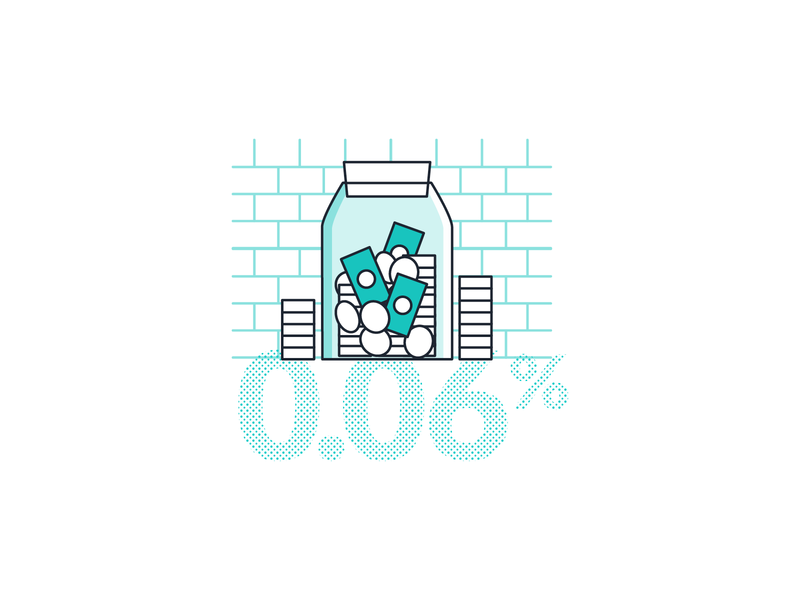Surety Efficiency Bonds Vs. Conventional Insurance Policy: What You Required To Know
Surety Efficiency Bonds Vs. Conventional Insurance Policy: What You Required To Know
Blog Article
Material Produce By-Konradsen Waugh
Guaranty performance bonds and standard insurance may seem comparable, however they really offer different objectives. Surety efficiency bonds are a sort of monetary guarantee that guarantees the conclusion of a job or agreement. Recognizing the key distinctions in between these 2 alternatives is vital, as it can significantly affect your business or personal demands.
Surety efficiency bonds give guarantee that a job or agreement will be completed as set. They are commonly utilized in building and construction projects, where the bond functions as a warranty that the contractor will certainly satisfy their obligations. If the specialist fails to complete the task, the guaranty firm will action in and make sure that the task is finished or make up the job proprietor for any kind of losses.
Traditional insurance policy, on the other hand, provides protection for potential losses or problems. It is developed to secure individuals or services from unforeseen events such as accidents, burglary, or natural catastrophes. With typical insurance, the policyholder pays normal costs to the insurer, and in return, the company agrees to cover the expenses related to the specified dangers.
While both surety performance bonds and traditional insurance supply economic security, they do so in various ways. Surety performance bonds concentrate on guaranteeing the completion of a project, while traditional insurance focuses on offering coverage for possible losses or problems.
Understanding the advantages of surety efficiency bonds and the benefits of traditional insurance policy can aid you make a notified decision. Whether you are a professional wanting to secure a task or a specific looking for security against unforeseen events, it is important to consider which choice best fits your needs. So, allow's dive into the information and discover the distinctions in between guaranty performance bonds and typical insurance coverage.
Secret Distinctions In Between Bonds and Insurance
Recognize the five vital distinctions in between guaranty performance bonds and conventional insurance coverage to make a notified choice for your certain demands.
Initially, the function of a guaranty bond is to guarantee the performance of a service provider, while insurance supplies financial protection versus losses.
Second, surety bonds require a three-party agreement between the principal, the obligee, and the guaranty, while insurance entails just 2 events, the insured and the insurer.
Third, surety bonds concentrate on preventing loss by making certain the completion of a project, while insurance concentrates on making up for losses that have already taken place.
4th, surety bonds require the principal to indemnify the guaranty for any kind of insurance claims paid out, while insurance doesn't require this.
Finally, surety bonds are underwritten based on the principal's economic strength and performance history, while insurance policy is based on danger analysis and actuarial computations.
Recognizing these differences will assist you pick the right alternative for your specific scenario.
Perks of Guaranty Efficiency Bonds
Guaranty efficiency bonds provide several benefits for your specific demands. They give you with the satisfaction that your project will certainly be completed as agreed upon. Below are surety bond for notary public of surety performance bonds:
- ** Financial Safety and security **: With a surety bond, you're shielded financially in case the service provider falls short to do their commitments. This guarantees that you will not carry the ball of any kind of financial losses.
- ** Quality Assurance **: Guaranty performance bonds ensure that the contractor will certainly supply high-quality work. If there are contractor license board of concerns with the project, the bond guarantees that it will certainly be fixed.
- ** Timely Completion **: With a bond in place, the service provider is inspired to complete the job on schedule. This assists you avoid delays and makes certain that your job stays on routine.
- ** Danger Reduction **: Surety bonds mitigate the danger of specialist default, offering you self-confidence that your investment is secured.
Advantages of Traditional Insurance Policy
When it concerns shielding your properties, typical insurance policy offers a distinct benefit over surety efficiency bonds.
Among the primary benefits of standard insurance policy is the wider insurance coverage it provides. Standard insurance coverage are designed to safeguard a vast array of risks, including building damage, liability, and injury. This indicates that if an unexpected occasion happens, such as a natural disaster or a crash, you can feel confident knowing that you have protection in position.
One more advantage of conventional insurance is the flexibility it provides. With typical insurance coverage, you have the ability to tailor your insurance coverage based upon your certain requirements and take the chance of profile. This guarantees that you're only spending for the coverage that's required, conserving you money in the future.
Additionally, traditional insurance coverage commonly has actually lower costs contrasted to surety efficiency bonds, making it an extra economical choice for lots of people and organizations.
Conclusion
So, now you recognize the key distinctions in between guaranty performance bonds and typical insurance policy.
While both deal defense, bonds provide an included layer of guarantee for project completion. They offer financial safety and security and comfort for all events entailed.
On the other hand, conventional insurance covers a broader range of dangers.
Relying on your certain requirements, comprehending these differences will help you make an educated decision and pick the right alternative for your scenario.
